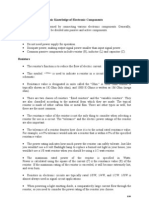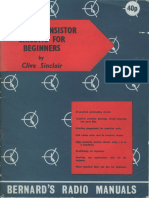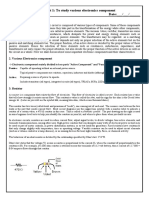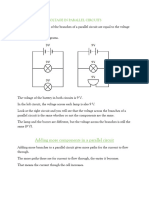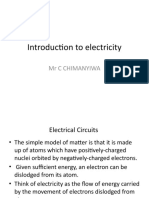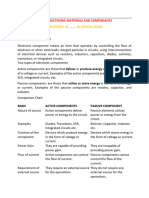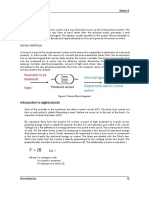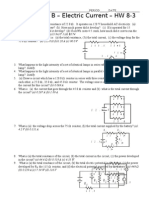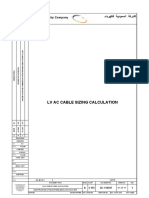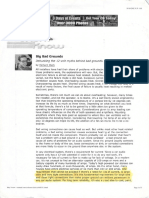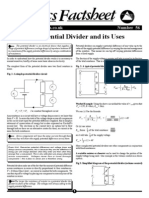0% found this document useful (0 votes)
28 views44 pagesIntroduction To Basic Electronics-3
The document provides an introduction to basic electronics, covering essential tools, components, and concepts such as schematic diagrams, Kirchhoff's Law, and resistor color codes. It explains various electronic tools like breadboards, soldering irons, and multimeters, as well as components like resistors, capacitors, and transistors. Additionally, it discusses circuit types, Ohm's Law, and calculations for series and parallel circuits.
Uploaded by
fitzgerald4456Copyright
© © All Rights Reserved
We take content rights seriously. If you suspect this is your content, claim it here.
Available Formats
Download as PDF, TXT or read online on Scribd
0% found this document useful (0 votes)
28 views44 pagesIntroduction To Basic Electronics-3
The document provides an introduction to basic electronics, covering essential tools, components, and concepts such as schematic diagrams, Kirchhoff's Law, and resistor color codes. It explains various electronic tools like breadboards, soldering irons, and multimeters, as well as components like resistors, capacitors, and transistors. Additionally, it discusses circuit types, Ohm's Law, and calculations for series and parallel circuits.
Uploaded by
fitzgerald4456Copyright
© © All Rights Reserved
We take content rights seriously. If you suspect this is your content, claim it here.
Available Formats
Download as PDF, TXT or read online on Scribd
/ 44








